 |
| Coastal Symphonies |
|
This year, we aim to present Taitung to readers using a new, geo-thematic approach. We will explore the interplay between Taitung's unique geographical features, environment and climate on the one hand, and the culture, economy and lifestyle of its inhabitants on the other. In doing so, we hope to impress upon readers a deepened appreciation and heightened curiosity for our county. The first three issues of Taitung Times in 2024 explored Taitung's plains, forests, and rivers. This fourth issue focuses on Taitung's coastline, and we will finish the year with “islands” and a special edition dedicated to "spatial sacrality" in Taitung. TAITUNG'S COASTAL SPLENDOR
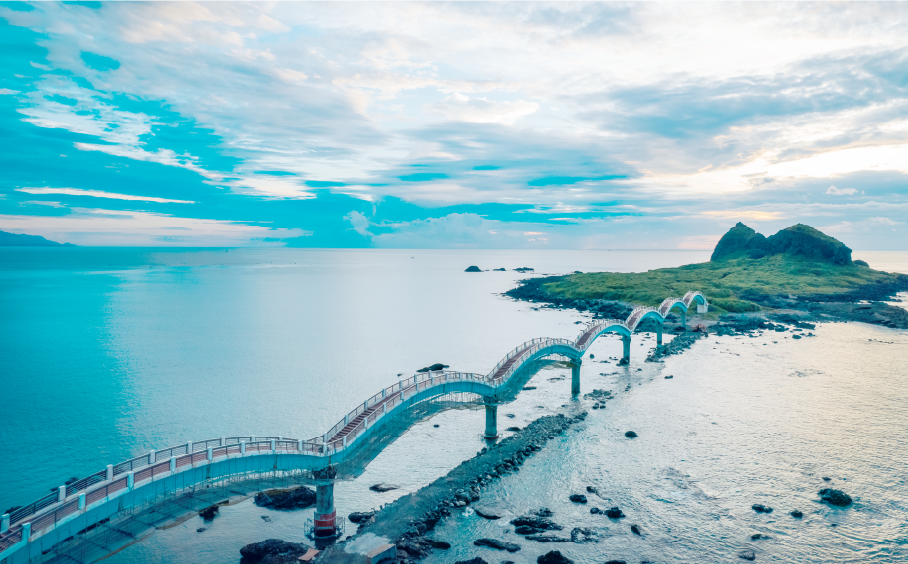 Stretching for approximately 176 kilometers along Taiwan's southeastern edge, Taitung's coastline is a mesmerizing blend of rugged cliffs, pristine beaches, and azure waters. This coastal region, where the land dramatically meets the vast Pacific Ocean, is not merely a geographical boundary but a vibrant ecosystem teeming with life and steeped in cultural significance. The coastline of Taitung is notably diverse. In the northern part, near Chenggong Township, steep cliffs plunge sharply into the sea, creating a breathtaking landscape that has inspired countless artists and poets. As you move southward, the terrain gradually transitions into expansive golden-sand beaches, such as those in Duli, Shanyuan, and Taimali. These beaches, kissed by the warm Kuroshio Current, provide ideal conditions for diverse marine life, with sea turtles even occasionally laying their eggs on Shanyuan Beach. KUROSHIO’S EMBRACE

Taitung's coastal waters are a biodiversity hotspot, nourished by the nutrient-rich Kuroshio Current. This current brings warm waters from the equator, which support a wide array of marine life. These waters are home to over 300 species of fish, including Mahi-Mahi (鬼頭刀魚); the long, slender largehead hairtail (白帶魚) and its oilier cousin, the silverfish (油帶魚); the sailfish, with its distinctive sail-like dorsal fin (破傘魚); as well as different varieties of swordfish, marlin and tuna. There are also numerous species of coral, creating vibrant underwater gardens, while the shoreline is dotted with coastal forests and wetlands that serve as critical habitats for migratory birds, offering birdwatchers glimpses of endemic species such as the iconic Taiwan bulbul. OUR REFRIGERATOR

The Kuroshio Current has also supported Taitung’s human populations, nurturing a rich fishing culture from the earliest indigenous tribal communities up until the modern fishing industry, which developed with the building of Shinkō Fishing Harbor (now Chenggong) under Japanese rule. From then on, the fishing industry flourished and has been the blood lifeline of the economy for decades, providing jobs and sustenance for countless families, if not directly as fishermen, then as those building the thousands of fishing vessels and later fishing harbors in Dawu, Fugang and Shanyuan, as well as those working the fish markets and seafood preparation. To this day, Taitung has some of the freshest and most varied sashimi platters in Taiwan. The Amis people often refer to the ocean as “my refrigerator”, since the seafood and seaweed necessary to meet their nutritional requirements have never been more than a dive away, so they never need to go to the supermarket or store food in a refrigerator. SACRED SHORES
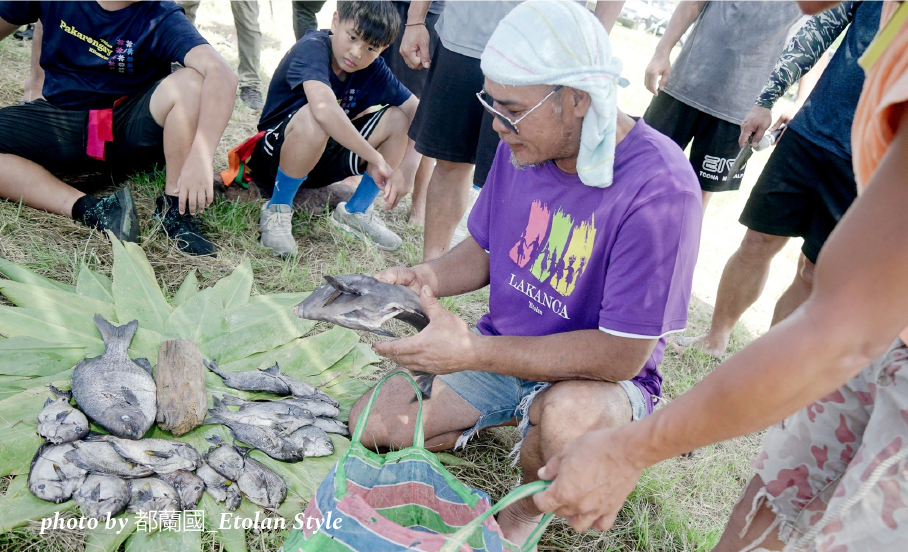 For the Amis, Pinuyumayan (Puyuma) and certain Paiwan communities in Taitung’s coastal areas, their reliance on the sea for survival has made it such an integral part of their cultural identity and social order and bestowed the ocean with profound spiritual importance. Each year, young Amis men learn how to dive, assess maritime conditions and collect shellfish from the seabed in preparation for the annual sea ritual. The passing down of these traditional fishing practices, as well as the mythology explaining currents, tides and storms, reflect a deep understanding and reverence for the sea's rhythms and resources. Sea rituals are held every summer, honoring the hardships endured by ancestors navigating the waters to reach Taiwan, and expressing gratitude for the sustenance provided by nature, the sea deities and bountiful harvests. The ‘Etolan community’s sea ritual, Mikesi’, is now held during the annual Harvest Festival and involves the different age classes of men displaying their skill by diving to catch fish and shellfish, which is scored to determine status and then shared among the elders and community to demonstrate sharing and respect. HAWAII OF THE ORIENT
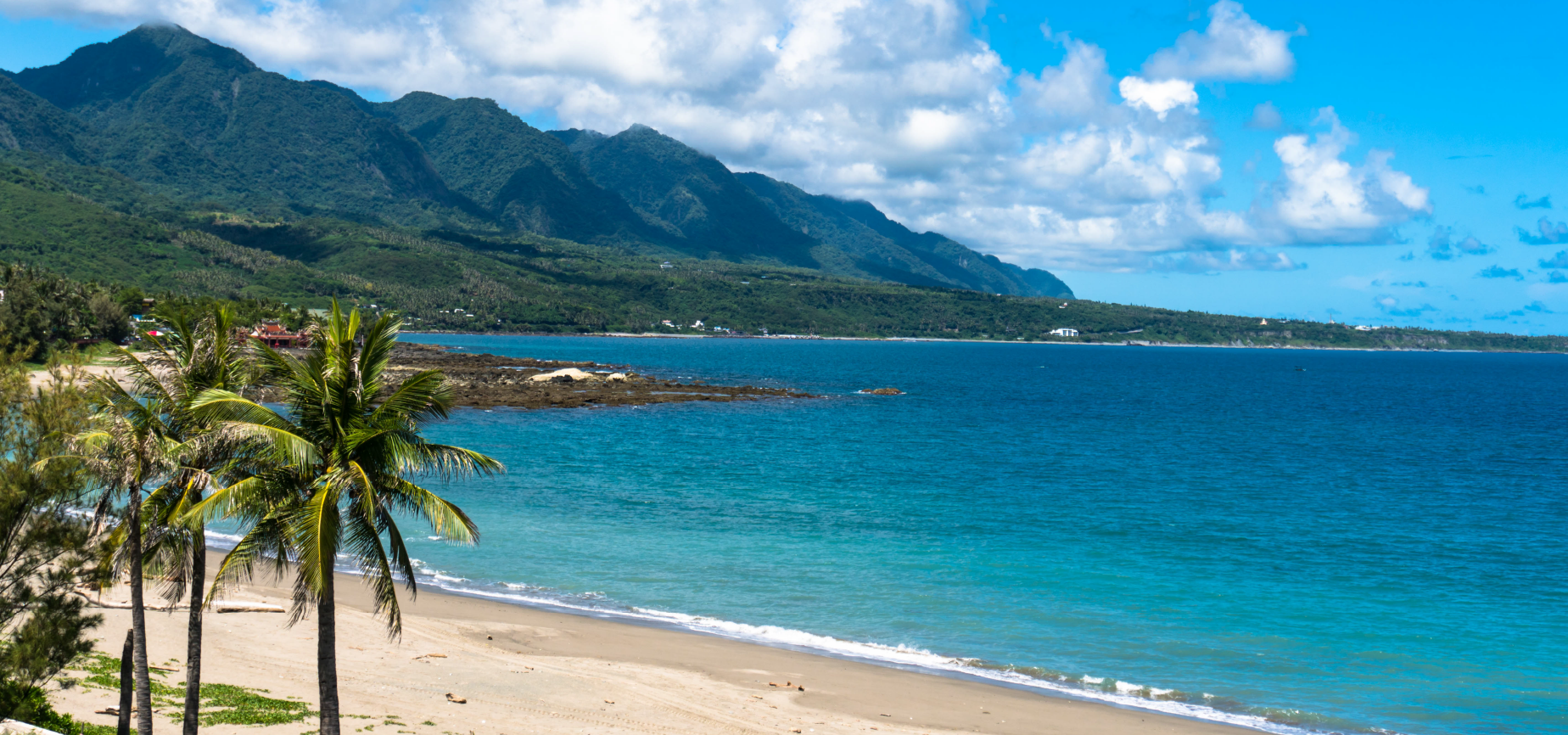
When contemplating a visit to Taitung, you might imagine a vast blue ocean with pink or orange streaking through the summer evening skies, backed by the verdant coastal mountain range. Waves waiting to be surfed, an oil painting waiting to be inked, the white noise of the ocean soothing your brain and recalibrating its waves to natural tidal rhythms. Taitung feeds the imagination, refreshes the mind and relieves the stress of urban life. With such a stunning backdrop, Taitung’s coastline is the antithesis of busy metropolitan centers like Taipei and Tokyo, and the perfect destination to escape from them. For water sport enthusiasts, artists, retreaters, runaway lovers, and those starting new life chapters, the adventure can be a transformative experience. As such, Taitung’s booming coastal tourism economy supports an ever-growing number of businesses in hospitality, water sports, health and ecotourism. There are surf and stand-up paddle shops dotted along the Donghe coastline, and the Taiwan Open of Surfing is held on the iconic Jinzun beach every November. Dulan has become something of a hub for surfers, artists, travelers, and digital nomads with so many outsiders settling and making families in the area that it’s become one of the most diverse communities in Taiwan. It hosts a plethora of foreign restaurants, bars and live music, and is a center of Amis cultural and artistic production. If the surf isn’t for you, there are kayaking shops around Chenggong, scuba diving spots along the coast to snap your first underwater selfie and a sailing school at the Flowing Lake on the edge of Taitung City. You can even take whale-watching boat tours from Sanxiantai and Fugang Fishing Harbor, before returning to one of a wide range of lodgings with ocean views, catering to travelers of all budgets and interests. SLOW DEVELOPMENT
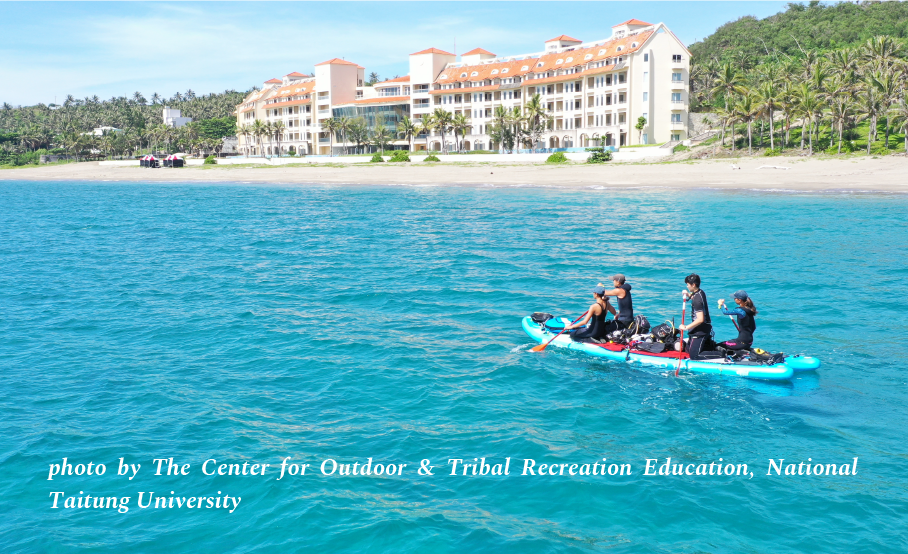 In the early 2000s, environmental groups, artists and local Amis communities mobilized against major development projects on sacred and ecologically precious lands such as Pacifalan (Dulan Cape) and the Taitung Miramar Resort (美麗灣渡假村), built on one of Taiwan’s most pristine sandy beaches, Shanyuan. The latter represented a shift in the collective consciousness towards greater protection of Taiwan’s coastline. The collective resistance achieved a landmark victory, and the large construction project never actually went into operation. The resort did, however, get built, and remains as a monument to a revolution in the concept of economic and touristic development for a more thoughtful, slower, sustainable vision that has in recent years been increasingly embraced by Taitung County Government. Rather than an exclusive hotel on prime real estate, the unused buildings of the Miramar Resort will now be repurposed as a cultural and educational facility to teach how to protect and utilize our oceans, encouraging more people to engage in ecological management. COASTAL CONSERVATION
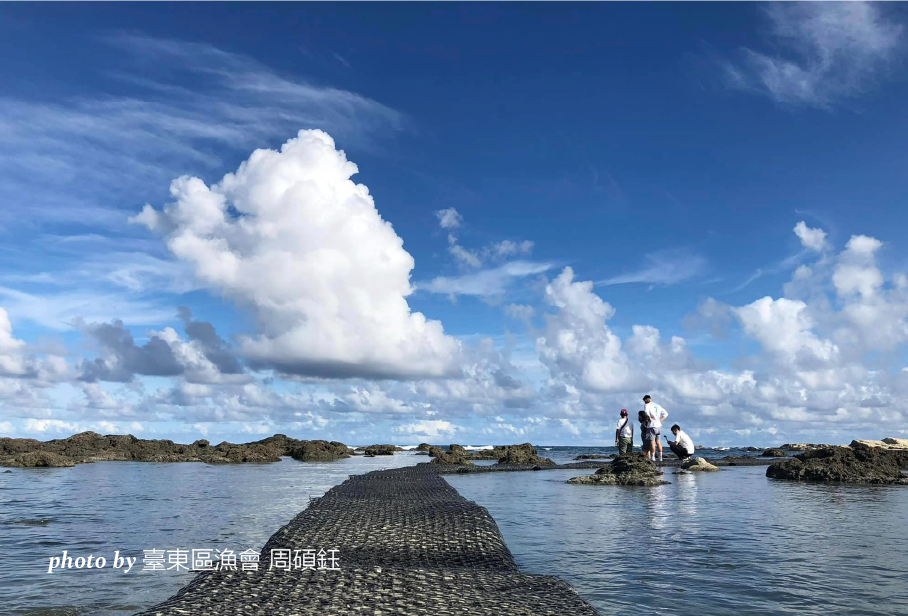 Despite its natural beauty, by the end of the 20th century, Taitung’s Pacific stretch was suffering from the same problems blighting the rest of the world’s oceans—overfishing, rising sea levels and plastic waste. Sea turtles and other creatures are often trapped in nets or found dead with plastic in their bodies, while many beaches are still littered with cans, bottles, and cigarette ends. In response, the county and national governments have gradually implemented comprehensive coastal management strategies, supported by local grassroots initiatives. These include stricter regulations on development and fishing, plastic-reduction schemes, beach clean-ups, and educational activities to raise awareness. Local businesses and community groups are also encouraged to help maintain the coastline. A notable success story is in Fushan, at the northern end of Shanyuan Beach. Passionate local fishermen began voluntary patrols and conservation efforts in 1997 in response to severely depleted stocks, before the government in 2005 declared it the Fushan Fisheries Resource Conservation Area, which over time transformed a once-depleted marine ecosystem into a thriving coastal ecotourism attraction. The conservation area implemented a zoned management system with no-fishing, buffer, and sustainable use areas. In 2017, they began releasing fish fry into protected zones for harvest by local fishermen after three years, balancing conservation with sustainable fishing. The initiative led to the recovery of fish populations, coral reefs, and even the occasional return of sea turtles to lay their eggs. Due to its popularity, in 2018 they started charging a small fee for entry and constructed a scenic coastal walkway as well as a gabion walkway in the intertidal zone, adding educational and recreational value to the site. This relationship between the ocean, ecology and local people forms a marine ecology community, and this model demonstrates how effective coastal management can protect marine ecosystems, support local livelihoods, and promote environmental education. GAZING OUT TOWARD THE HORIZON
 The coastline of Taitung is more than just a boundary between land and sea; it's a living, breathing entity shaping the region’s identity and a testament to the intricate relationship between humans and nature. As Taitung continues to develop, the preservation and sustainable use of Taitung's coastal resources will be crucial to maintaining the region's unique character and ensuring its prosperity for generations to come. In embracing “slow” and sustainable development, Taitung is not just preserving its coastline, but also setting a course for a harmonious future where the rhythms of human life align with the eternal ebb and flow of the sea, where communities can thrive alongside nature rather than at its expense. As you are gazing out across the Taitung coastal horizon at sunrise, the outline of Green Island in the distance beckons you to attempt the crossing of the Kuroshio Current to reach this mysterious rocky land. Indeed, that’s where we will be taking you in the next issue of Taitung Times, which explores Taitung’s offshore islands, a crucial part of local mythology for thousands of years. |
| © TAITUNG COUNTY GOVERNMENT 2024 |




